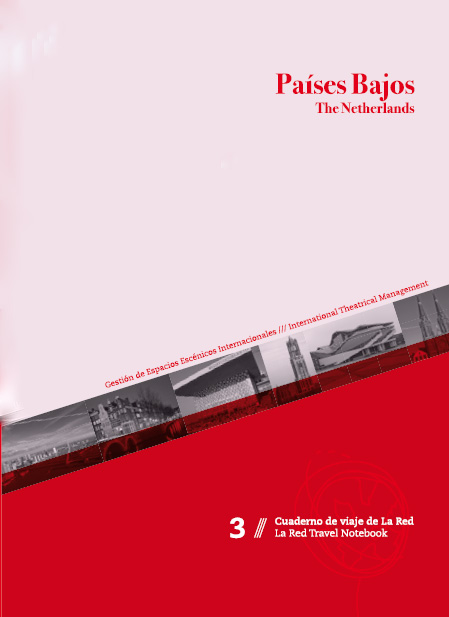
Just published the third volume devoted to the Netherlands in the collection “La Red Travel Notebooks”. This collection began with London and Berlin, is the result of the training trips I’ve been designing annually for the Spanish Network of Public Theatres. Its aim is to present models and best practices in managing theatres and concert halls in Europe. In addition, in each of the volumes is an immersion in systems of cultural policies that give its support to public and subsidized theatres.
The three volumes have been reissued in a new design and published bilingual, Spanish and English. With this step the activities of the Network of Spanish Theatres goes beyond, starting as an international research centre specializing in management of performing arts venues. The new publications can be downloaded at the following links:
Travel Notebook 3: the Netherlands
Travel Notebook 2: Berlin and Potsdam
Travel Notebook 1: London and Oxford
The new volume includes a first part of cultural policy and the Dutch system of performing arts exhibition. The second section describes the most innovative venues of Holland from the point of view of management, the artistic project and its architecture. Among others presents the Rotterdamse Schouwburg, Rotterdam Zuidplein Theater, Theaters Tilburg, Stadsschouwburg Amsterdam and Het Muziektheater aan’tlj Muziekgebouw, these last two important concert halls in Amsterdam. All theaters show the main figures for its operation: budgets, audiences, number of representations, etc.
The three volumes are an indispensable collection if you want to learn the differences between the various management models of subsidized European theatres. Also provide a perfect tool for catching up on trends and innovations that pioneered performance spaces of Europe are currently developing.




